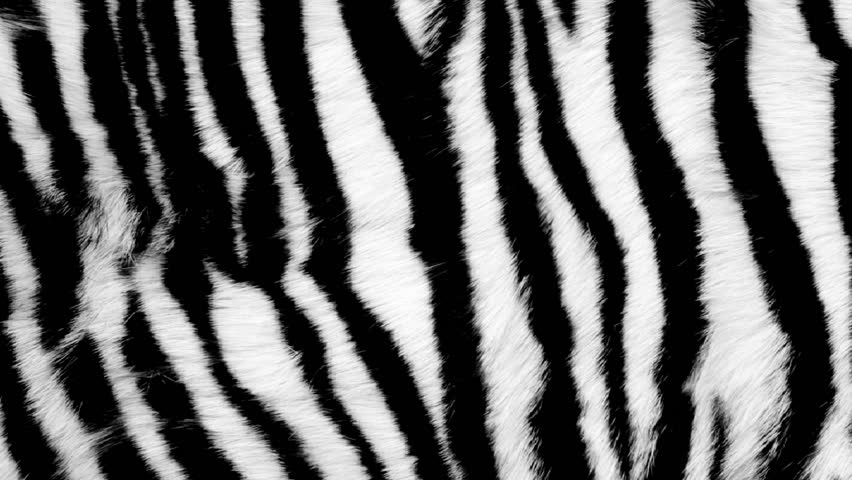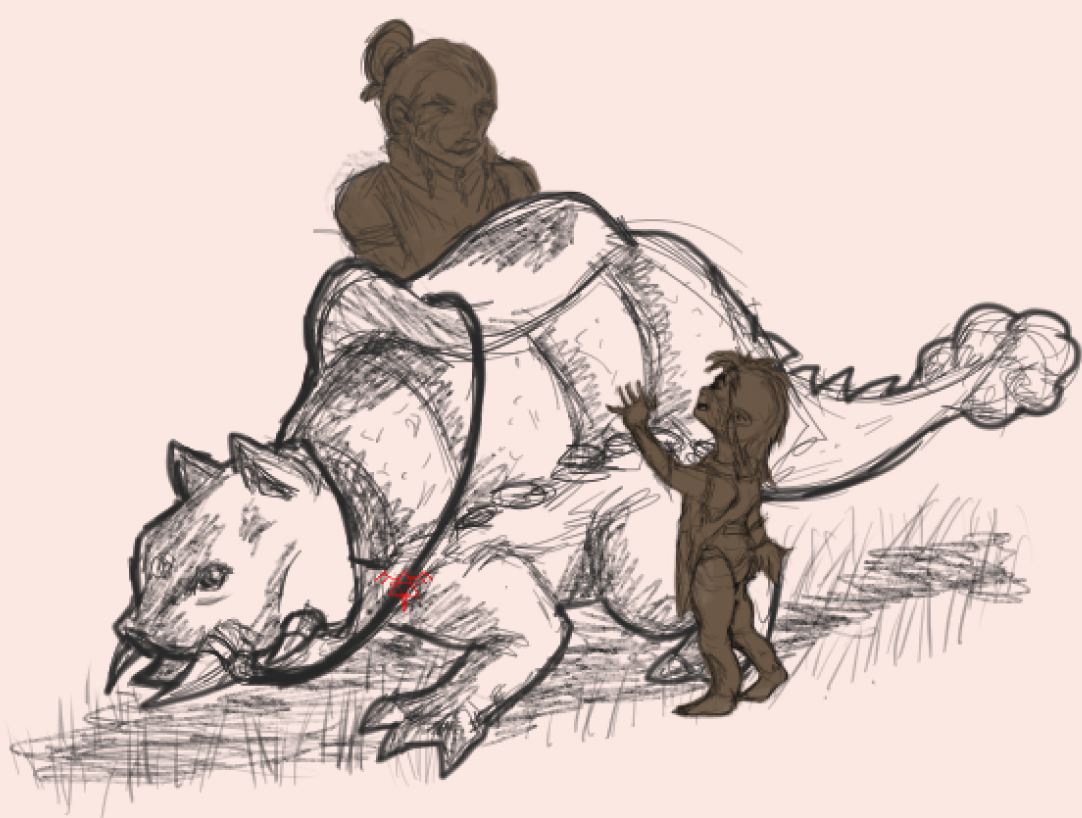Deep Smelling Club Thumper
They are good for riding, they are good for pulling, they are good for eating. And backed into a corner, they are good for fighting. Unfortunately, they have a mind of their own, so they are not good at listening. -Loremaster Kibet
Beast Stats
| Age Stage | Size | Attributes | Health | Attacks | Defense | RP Award |
|---|---|---|---|---|---|---|
| Baby | Small | Strength 1
Constitution 3 Dexterity 10 Resolve 2 Composure 2 |
10+1d4 | Bite 1d4+1 | Dodge Bonus 10
Defense Score 3 |
21 |
| Adult Female | Large | Strength 6
Constitution 7 Dexterity 3 Resolve 2 Composure 2 |
75+1d8 | Bite 1d6+6
Gore 1d6+6 Claws x2 1d4+6 Tail Club 1d8+6 |
Dodge Bonus 3
Defense Score 3 Armored Torso, Tail 14 |
102 |
| Adult Male | Large | Strength 8
Constitution 7 Dexterity 1 Resolve 2 Composure 2 |
200+1d10 | Bite 1d6+8
Gore 1d6+8 Claws x2 1d4+8 Tail Club 1d8+8 |
Dodge Bonus 1
Defense Score 3 Armored Torso Tail 14 |
102 |
Special Abilities
Deep Smelling
This beast can smell food through up to a foot of solid stone.Basic Information
Anatomy
This beast is a squat mammalian quadruped with an armored back, plated in thick hide and bone, four tusks, and powerful tail that ends in a club. Its forelimbs end in 4 fierce claws that is uses from digging and defense and its hindlimbs are heavily muscles to help it with it's tail attacks.
The nose of this beast is fleshy and moist and allows it to smell for delicious subterranean morsels. Its small points ears can swivel 180 degrees to allow it to hear for surrounding predators.
Biological Traits
| Element | Location | Rarity | Harvest Variations |
|---|---|---|---|
| Earth
(Aligned to Zinza Magic) |
Forests and plains | Common | Materials have a 100% chance of being Zinza MagicAligned |
| Rime
(Aligned to Zinza Energy channelling Guema Energy |
Tundra | Rare | Materials have a 13% chance of being Guema MagicAligned |
Genetics and Reproduction
The beast can breed up to twice per year. Their gestation period is only 120 days and the young are sexually mature within 7-9 months. Their litter size is on average be 4-8 babies.
Ecology and Habitats
These beasts are versatile and can survive in most forests and plains. They prefer forests due to the abundance of plant, fungus, and insect matter that can be found there.
Dietary Needs and Habits
These creatures are omnivorous but prefer a vegetarian diet though they are very fond of the large grubs they can dig up at the roots of trees and bushes.
Biological Cycle
This beast does not fair well in the cold and will dig burrows or nest in caves with with their herd upon the onset of winter, hibernating until spring. There are some artic varieties capable of bearing chill winds without succumbing to the cold and survive on tree bark, roots, and will also scavenge the kills of larger predators.
Additional Information
Social Structure
In the wild, this beast lives in packs of up to 60 individuals, mostly female, with a dominant male and a handful of his sons.
Domestication
Tame DC 21
This intelligent beast can be domesticated by a talented hand.Uses, Products & Exploitation
| Material | Size | Harvest DC |
|---|---|---|
| Thick Hide | Varies by age | Baby - 2, Juvenile - 8, Adult - 21 |
| Tusks | Large | 8 |
| Meat (Fatty, white meat with a subtle sweetness) | Varies by size | TBD |
Primal Abilities
| Ability | Description | Absorb DC |
|---|---|---|
| Thick Skin | +3 Bonus to Torso Armor | 13 |
| Deep Smelling | Sensitivity to scents, even through solid objects | 21 |
Perception and Sensory Capabilities
The eyes of the beast aren't not particularly strong. They can seen general color and outlines but their vision isn't very sharp. They are generally nearsighted. Their sense of smell, however, is quite acute, allowing them to find food deep beneath soil and even rock.
| Sensory Type | Bonus |
|---|---|
| General | +0 |
| Sight | -1 |
| Hearing | +0 |
| Smell | +3 |
| Touch | +0 |




